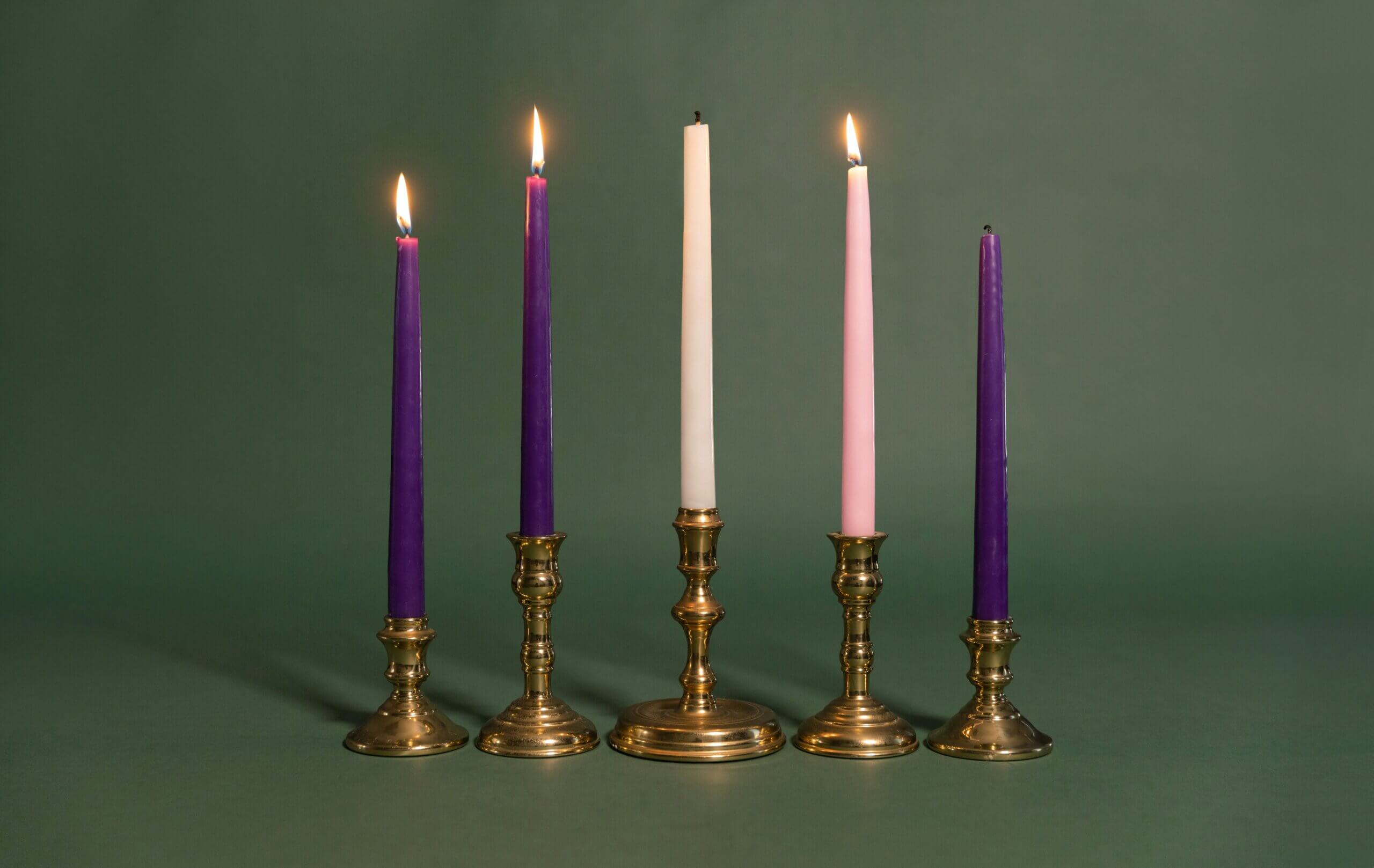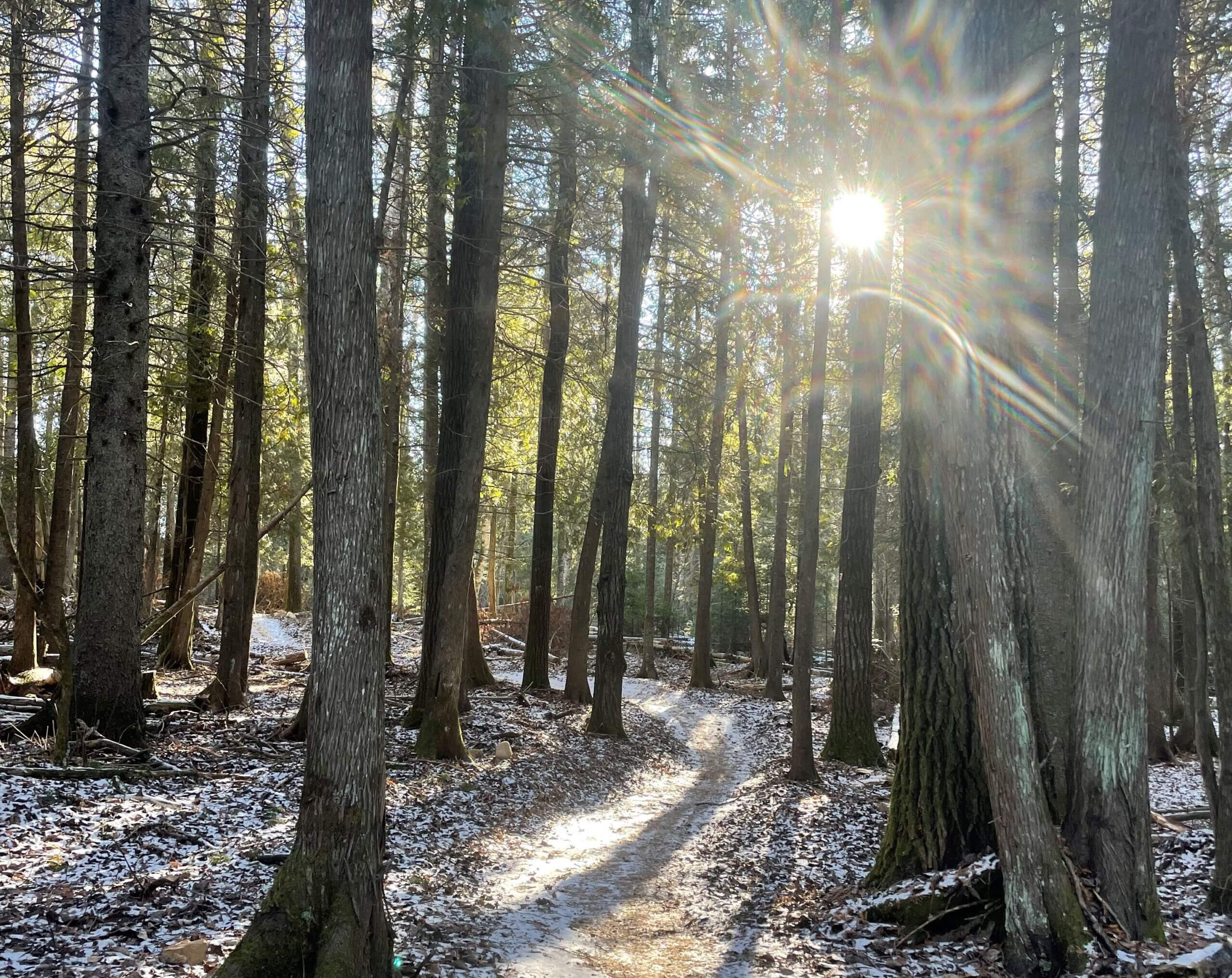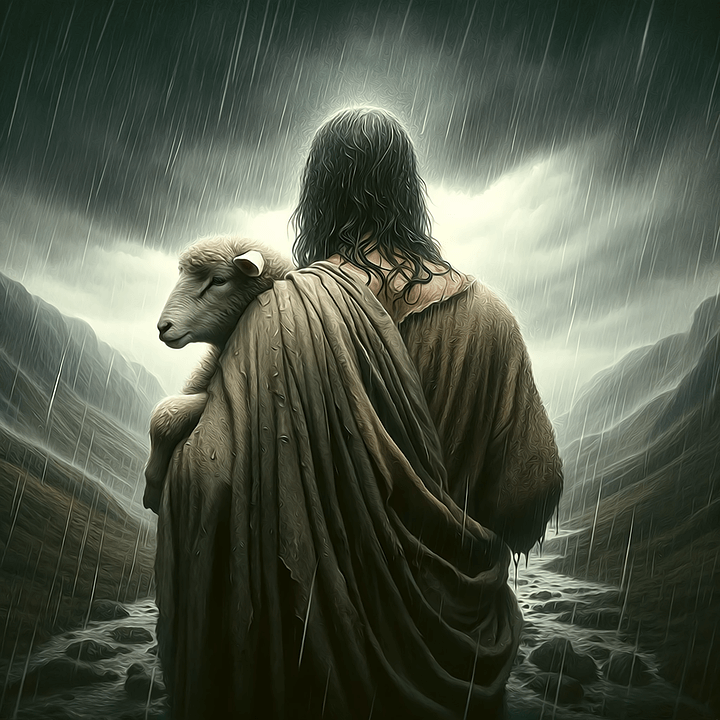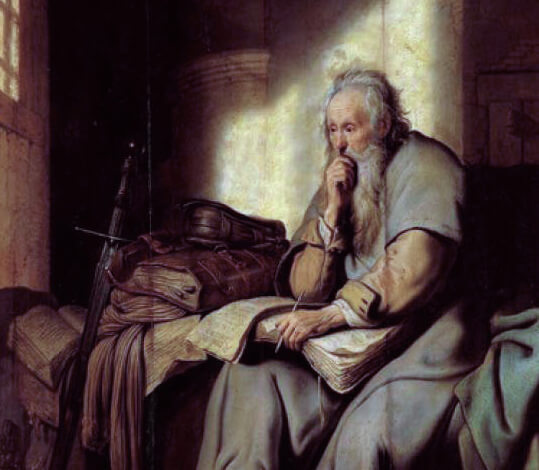The prophet Amos writes: “We will sell our wheat charging higher prices than for smaller portions, thus tilting the scales in our favour. That way, we can buy the poor for silver and the needy for a pair of sandals.” Amos 8:4-7. These lines struck me very powerfully and seems to be an almost modern indictment of our age—how to make money in a capitalist society, charging more for less, cheating people when you can get away with it, and being rewarded with increasing one’s personal wealth at the expense of the poor.
The line about “buying the poor for silver and the needy for a pair of sandals” intrigued me, and I wanted to understand what was meant in the context of Amos’ time. As I discovered it was the practice of buying people as slaves who had fallen into debt, hence buying people who couldn’t even afford their sandals. Right away, the image that came to me is one where people who are homeless often have to sleep with their shoes or boots under their head so they won’t be stolen—this is true when sleeping on a park bench, in a ravine or even in our city funded shelters. And once you lose your shoes you are made even more vulnerable and helpless, having to beg a staff person, or a drop-in worker for a cast off pair. Almost becoming more “slave-like…”
In Jesus’ parable, the manager thought, ‘What will I do, now that my employer is dismissing me?” At this point the manager cut in half each person’s debt, in effect cheating his boss but ensuring he would be taken care of. His boss afterwards actually commended the manager for his shrewdness. Jesus then said to his disciples “For the people of this world are more shrewd in dealing with one another than are the people of the light.
The people of the light…
“No servant can serve two masters–but will either hate the one and love the other, or be devoted to one and despise the other. You cannot serve both money and God.” So one definition of a person of light would be someone who doesn’t serve money; those not shrewd in the ways of the world. How can we be people of light? Luke 16:1-13
Many of you know that I work for a family health team that provides primary health care for residents of the largest homeless shelter in Toronto—Seaton House for men. The guys on the street refer to Seaton House as Satan House. If you have never seen it before, it is a giant poorhouse really, housing as many as 600 homeless men at a time. Walking inside you are struck by its cross between a jail and a scene from a Dickens novel of a giant slum. Open wounds, body lice, people smoking crack just across the street, people hustling drugs right on the Hostel floor, deaths from overdose in the rooms, and some of the shelter staff acting more like prison guards than social workers. Last Sunday night a man was stabbed in his bed on the Hostel floor, and just two weeks before a man was not only hit by a car in front of Seaton House, he was repeatedly run over by the driver—a horrific scene played out in front of 10 Seaton House residents. It was in this setting the other day that I spoke with a man I’ll call Tom. Tom is an aboriginal man, Ojibway, with long black hair and dark brown eyes and a tall skinny frame. He was sitting hunched over in a wheelchair—his leg displaying a large open wound. He had no shirt on, and several large bruises were prominent. He said he didn’t remember how he had gotten those bruises. He is all of 32, but he could pass for 62. Life on the street is a hard one. He looked up at me and smiled from his wheelchair. “How are you?” he asked with a big grin, missing a few teeth. He then told me “I’m going pretty good, well, actually I’m a bit messed up right now, but I’ll be okay.” We gave each other props and he smiled at me with an almost dazzling smile. His words spoken so sincerely by someone who has been knocked so low really hit me with their beauty and kindness. When I think of a person of light, I think of Tom, and his buds on the street and Seaton House who help watch his back, and the support people in his life too.
Shifting gears, I want to tell you about a book I’ve been reading:
The Inconvenient Indian: A Curious Account of Native People in North America: by Thomas King
Thomas King asks the question “What do Indians Want?” And then changes the question to “What Do Whites Want?” The Lakota didn’t want Europeans in the Black Hills, but Whites wanted the gold that was there. The Cherokee didn’t want to move from Georgia to Indian Territory (Oklahoma), but Whites wanted the land. The Cree of Quebec weren’t at all keen on vacating their homes to make way for the Great Whale project, but there’s excellent money in hydroelectric power. … What do Whites want? The answer is quite simple, and it’s been in plain sight all along. Land. Whites want land.” p. 216.
Two accounts help illustrate this:
Ipperwash: In 1942 during WWII, Government of Canada went looking for a place to set up a military training base, and Stoney Point Ojibway reserve in Ontario was chosen. Canada offered the band fifteen dollars an acre for the land, the band refused, and then Canada confiscated the land anyway, promising to return it after the war. The land was not given back, and after countless protests over the years, 24 years later, in 1996 a protest began to escalate and Dudley George was shot and killed by the OPP. In 2007 plans began to give the land back; trying to clean up some of toxic mess left behind by the military. As of May 2012 the land has still not been returned.
Oka: In 1717 France gave a portion of land along the Ottawa River to the Sulpician Missionary Society. The land belonged to the Mohawk people and for the next 151 years they tried to get it back. In 1868, Joseph Onasakenrat, a chief of the Mohawks wrote a letter to the Sulpicians demanding the return of the land; nothing happened. In 1936 the Sulpician sold the property and left the area. The Mohawks protested the sale, and again, nothing happened. Twenty-three years later, in 1959, a nine hole golf course was built on the land, right next to the band’s cemetery. The Mohawk launched a legal protest, but the developers went ahead with the construction of the course. In 1977, the Mohawks filed an official land claim with the Federal Office of Native Claims in an attempt to recapture the land. Nine years later the claim was rejected. In 1989, the mayor of Oka, announced the “exciting” news that the golf course was going to be expanded taking their land including levelling a forest known among the Mohawk people as “the Pines.” In 1990, Mohawks began occupying the Pines, protecting their trees and their graveyard. Their land. The Oka crisis had begun which ultimately cost two lives and over $200 million. Finally in 1997, the Department of Indian Affairs and Northern Development purchased the disputed land for $5.2 million and quietly “gave” it to the Mohawk.
Now let’s bring this a bit closer to us in Toronto–the conflict between Canada and the Misssissaugas of the New Credit.
In 1787, Sir John Johnson, the Chief Superintendent of Indian Affairs met with the Mississaugas at the Bay of Quinte to discuss a number of potential land sales along the north shore of Lake Ontario, including the purchase of land at Toronto as well as land on either side of the Humber River and at Lake Simcoe.
Shortly after this transaction, there was some confusion over the extent of land surrendered. The deed to the land, which was found many years later, was blank and contained no description of the land that had been purchased by the Crown.
Later, Sir Johnson gave an account of the boundaries as roughly “ten miles square at Toronto, and two or four miles . . . on each side of the intended road or Carrying Place” (the Humber River). Six years later, in 1796 a 14×28 mile parcel was surveyed. This was quite a bit different than the 10 x10 parcel of 1787.
So 6 years later, and the Mississaugas were already getting swindled out of land.
The Crown decided to “resolve” the situation by entering into a second Toronto Purchase agreement with the Mississaugas to “confirm” the 1787 surrender. On August 3, 1805, the Mississaugas agreed to the surrender of 14 x 28 miles [392 square miles] of land. The “Toronto Purchase.”
So now the swindle of 1796 is being confirmed and solidified by the decision of 1805. Through the 1805 purchase, the Mississaugas surrendered much of what is now metropolitan Toronto.
Currently, negotiators for the parties are trying to reach an agreement on what constitutes fair cash compensation for the losses to the First Nation as a result of the 1805 Toronto Purchase.
So let’s go back to the shrewd merchant, and our entreaty to serve God and not money. The shrewd merchant would have been rewarded for taking the land at Ipperwash from the Ojibway in 1942, paying very little and promising to return it. Dudley George was killed, but the land is still in the hands of the government—a shrewd merchant indeed. Then in Oka, land that was stolen from the Mohawk and given away by the French in 1717, and then sold in 1936– has been fought over for 299 years. It has finally been returned. Shrewd merchants for almost 300 years. And the land we are standing on was “shrewdly” swindled out of the hands of the Mississauga people
So our history as colonizers has been one of “buying the poor for silver and buying the needy for a pair of sandals,” in effect enslaving our first peoples on this land through murder, lies, deceit, and swindling. Many of our forebears of all of us in this room were perpetrators or at least complicit in this.
So how can we be “people of light” instead? How can we serve God rather than money, and not live for greed and excess, trampling on the poor and becoming like the shrewd merchant?
I have had fantasies of creating a “sister community” with peoples on a reserve up north, sending sports equipment and books and school supplies—throwing money at a poor community. The thoughts of a guilty colonizer… I’m afraid, thinking that I “know” what these communities need. Just like colonizers before me thought that Residential Schools were the answer, converting, re-locating to reserves, scooping up children in the 60s scoop, …the list goes on and on.
As Melanie Kampen said in Unsettling Theology” quoted in Geez Fall 2015: “Decolonization is not a project, or a solution to a problem; it does not warrant a social engineering approach to righting wrongs and pursuing justice and healing—that is still a way of thinking with an imperial mind, one that seeks to control and bring about order out of difference and the conflict it believes differences produce. As Black Elk saw it the healing of the hoop, was a return to the form of a circle, and to walk its path, the good red road, in a sacred manner. What does that mean? To walk as relatives.”
I am intrigued by the invitation we received to meet with the Mississaugas of the New Credit and to get to know each other. What a gift—to be reached out to across the centuries –the people kicked off the land we are standing on right now reaching out to us who live on this land—their land. I am humbled and see glimpses of the people of the light, calling us to be people of the light as well.
As the Psalmist said today: God raises the poor and needy from dust and dung-hill. And aren’t we God’s hands and feet in this world? Psalm 113
When we live in the midst of so much injustice towards our indigenous brothers and sisters, epitomized even by the land we are standing on here, like Tolstoy, I ask us all “What then must we do?” Can we reach out and walk as relatives with our indigenous sisters and brothers? Can we wrestle with our tendency to be more like the shrewd merchant or the “we know best” colonizer?
I would like to leave you with a poem by Rosanna Deerchild, entitled “We Are Just: Indian Woman.”
faded black & white
whispers of a long gone past
like horses and fur trading
we are just: your Disney porn
girl who wears feathers
dances barefoot across
your screens before inviting
you into our tepees
we are just: a decoration
a symbol of his story
that rides into sunset
slips between sheets
of your status quo
we are just: land
conquered cut into
squares labelled and sold off
as economic development
we are just: the body
this country lies on
our bones line every
highway in every direction
here
oh way ya hey ya waaay
I know another story
she
is woman
she is sky
earth
she is your water
your beginning
she is heart
beat
A re-creation
of your declaration
that we are not here
A re-creation story
that begins
with
A whisper
calling all her names
back
A song
rising drum thrum
thrumming
heart
A rising
that begins
with
one
voice
rising
my voice
rising
with my
sisters
rising
with my
mothers
for my daughters
rising
a rising/arising
my name is
sacred
my name is
iskwew
my name is
my name
my name
is not missing
by Rosanna Deerchild from Geez: Contemplative Cultural Resistance; Fall 2015, No. 39, pg. 79.






